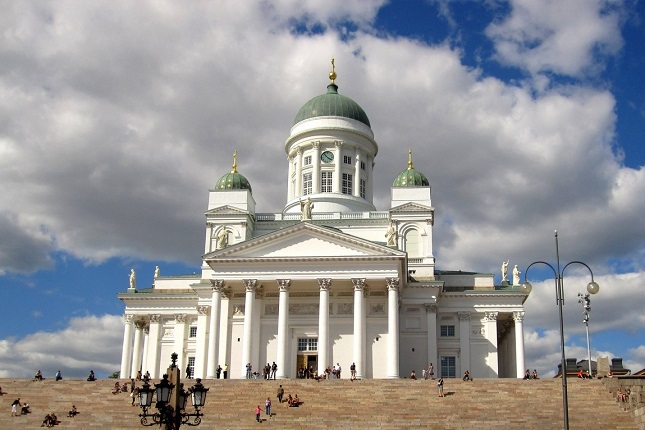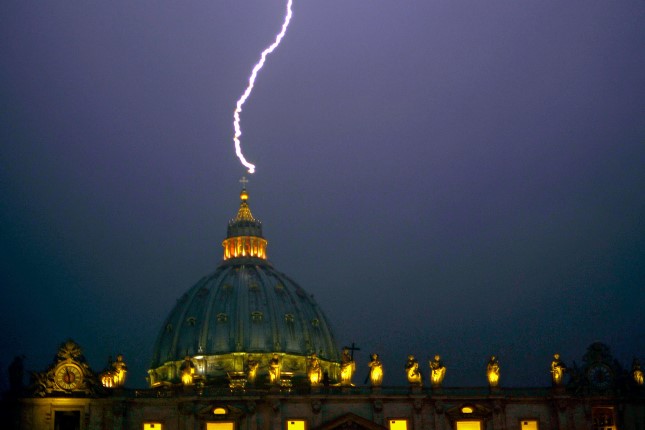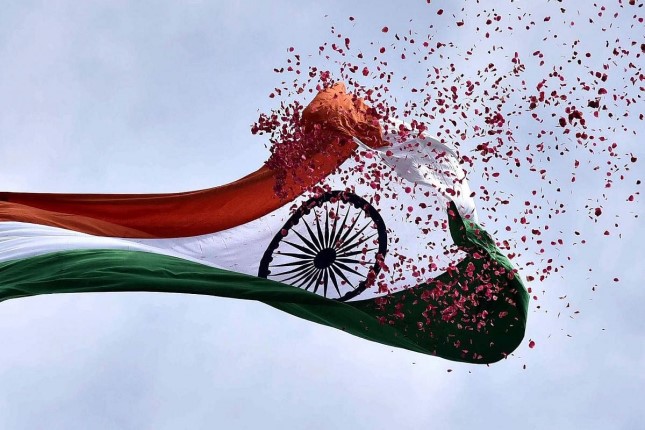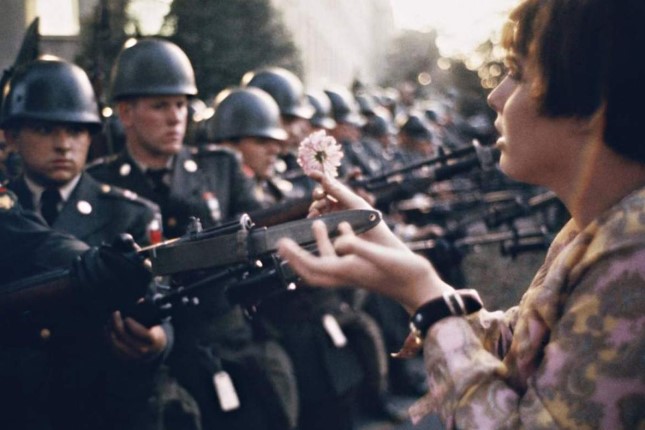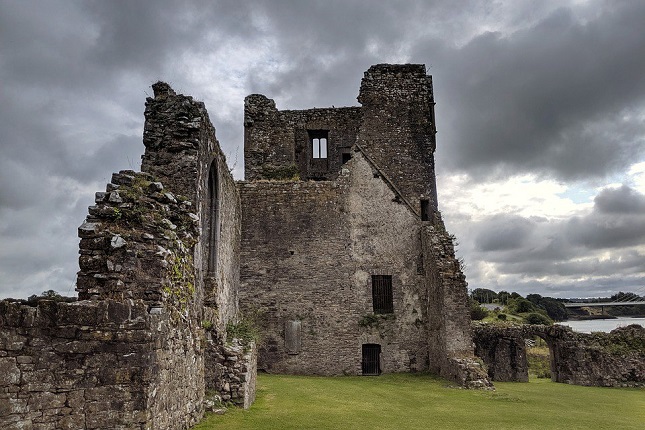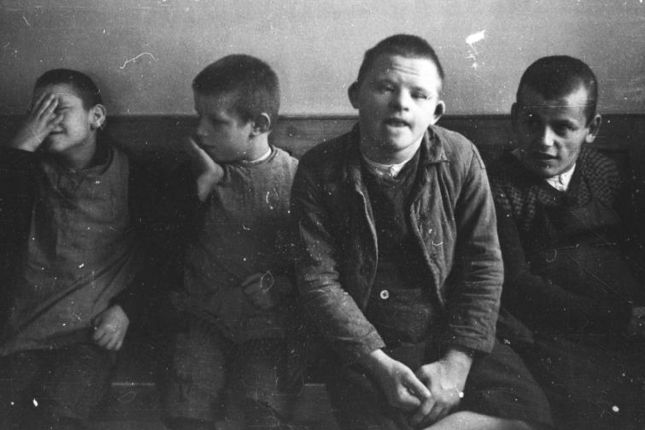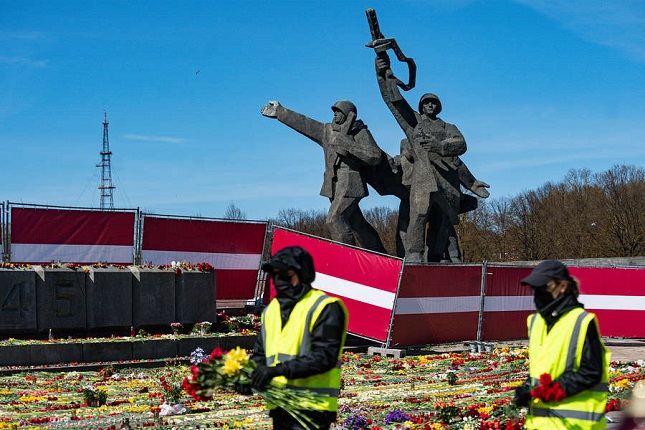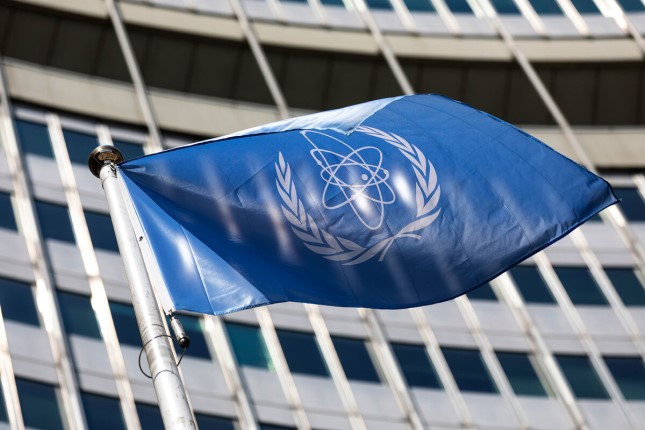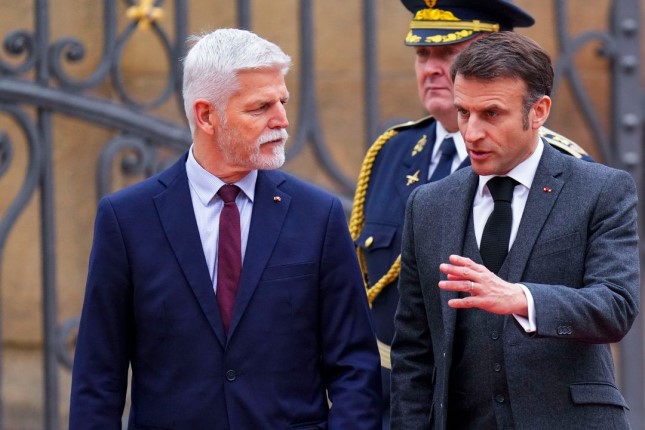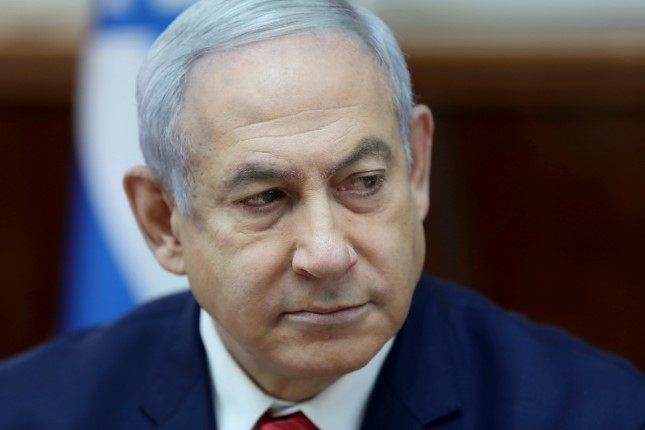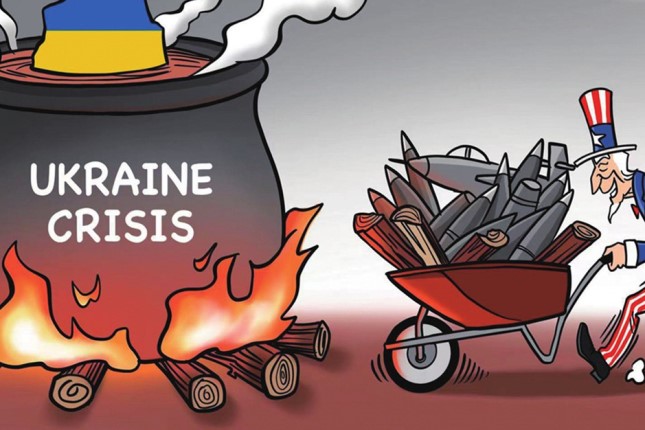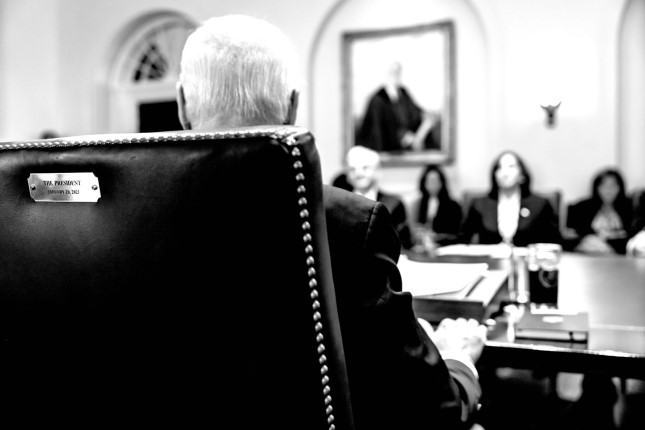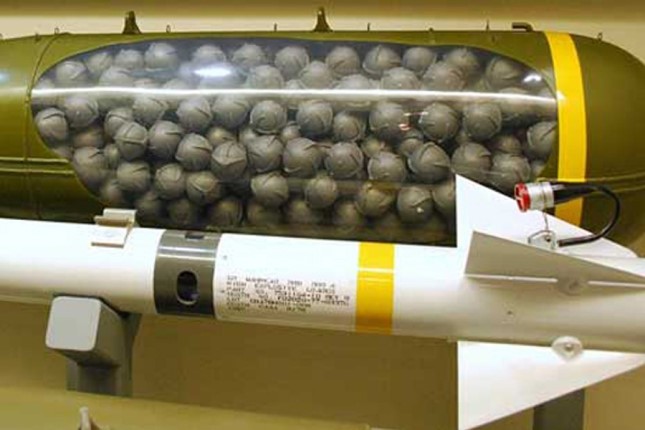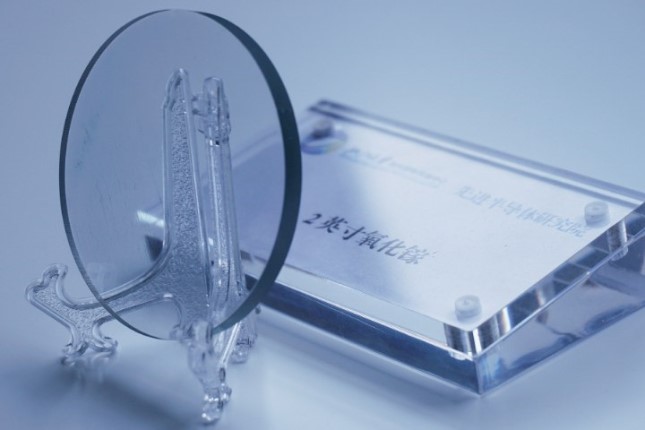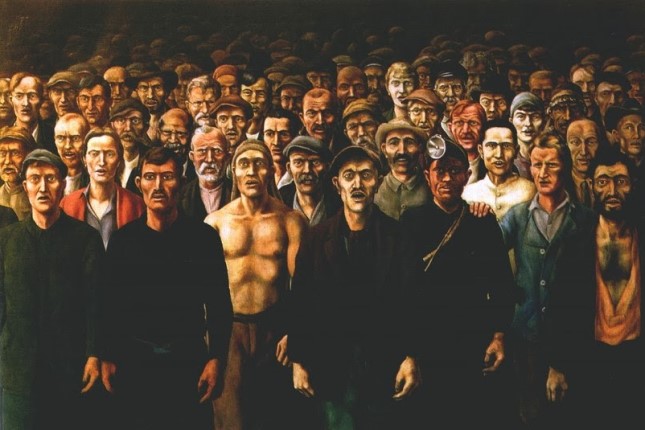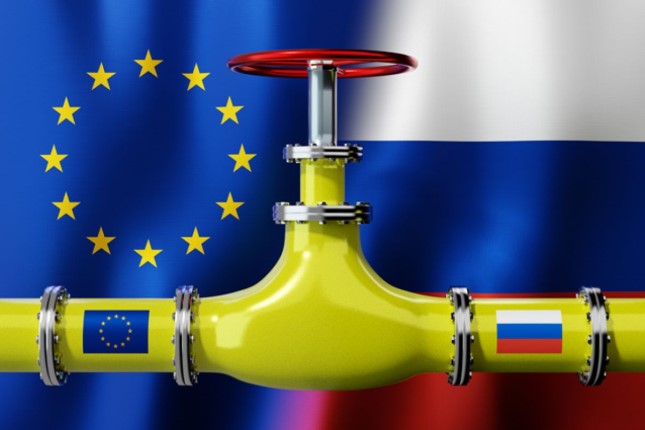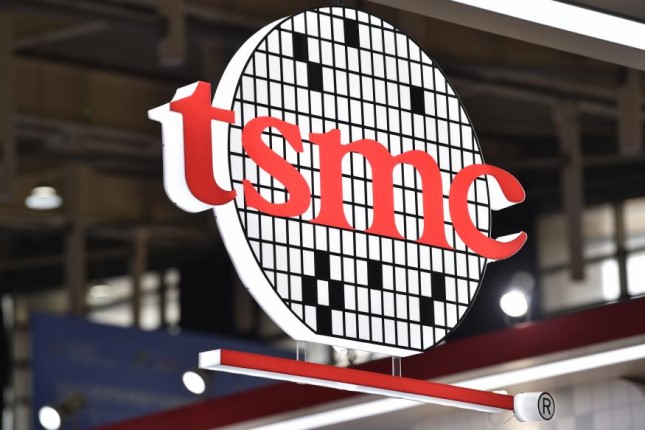At the beginning of August, the World Peace sculpture was dismantled in Helsinki, the monument gifted to the Finnish capital by the Soviet Union at the end of the Communist regime. It meant to symbolise the special relationship between Moscow and Helsinki after World War II and the hope that the confrontation between Soviet Russia and the West would sink into oblivion. But the hope was vain, and the conflict escalates with each passing day.
Finland, which has abandoned its neutrality to join NATO, is now undermining peace on a symbolic level – by "trashing" the symbol of peace donated by the Soviet Union. But the paradox is that Finland has returned to its "pre-war" status as a breakaway province by breaking with Moscow and going over to its enemies, giving up its unique function as a bridge between the West and the Soviets, and breaking up the post-war status quo. And should the successor to the USSR win in the global confrontation, Finland would have to return to the sphere of Russia's influence.
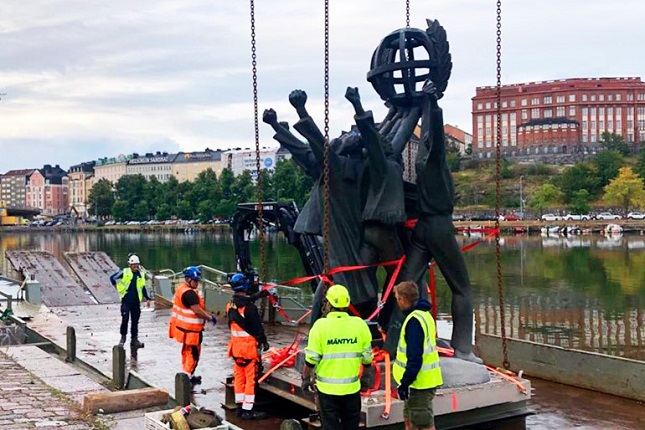
Removal of the monument "Peace in the world", which was presented to Finland by the USSR. Photo: Olli Aimola / YLE.
The Finns are very ancient autochthonous people inhabiting their land. The peculiarity of these people is that they had never had a proper statehood throughout their millennia-long history until the beginning of the 19th century. The Russian Empire gave statehood to Finns in 1809 after taking their territories away from Sweden. The autonomous statehood of the Grand Duchy of Finland and its legal system gradually developed within the framework of the empire over the course of the 19th century until the October Revolution came. Soviet leader Vladimir Lenin let Finland go, recognising its independence in December of that same year, 1917.
Relations between the new Soviet state and the former autonomous province were not easy. Finland got involved in the civil war. In 1939, the third Soviet-Finnish War broke out. Finland received large-scale military aid from Britain and the United States, the Axis countries led by Nazi Germany, the Scandinavian neighbours, and even distant Japan. At the war's end, much of the Finnish territory became part of the Soviet Union, which established a new autonomous republic, the Karelo-Finnish SSR, whose very name testified to the Soviet leadership's later intention to return the rebellious province to the Soviet Union.
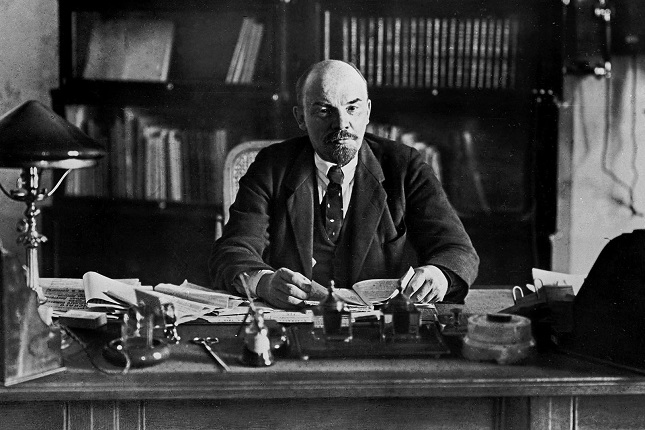
Vladimir Lenin, the father of Finnish statehood. Photo: RIA
The return of Finland was by no means a utopian imperial project. Until 1944, the Finnish army had fought on the side of the Hitler coalition. Then the Finns defected to the side of the Allies. Following the defeat of the Hitler coalition, the Soviet Union had every right and possibility to reincorporate Finland. However, the Soviet leadership decided not to go down this path for several reasons. By bringing the Baltic Sea under military control, the Soviet Union did not want to turn the sea into an arena of a full-scale confrontation with the West, which would have been inevitable had Finland joined the Soviet Union. In 1956, the Karelo-Finnish SSR was abolished, marking a formal renunciation of Finland's Sovietisation.
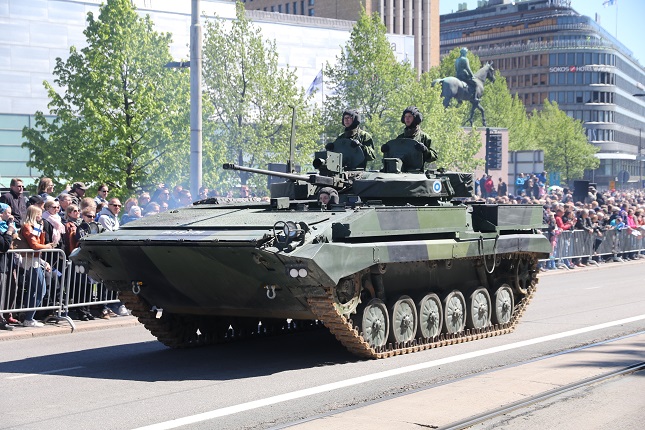
Russian-made BMP-2 in the service of the Finnish army. Photo: wikimedia.
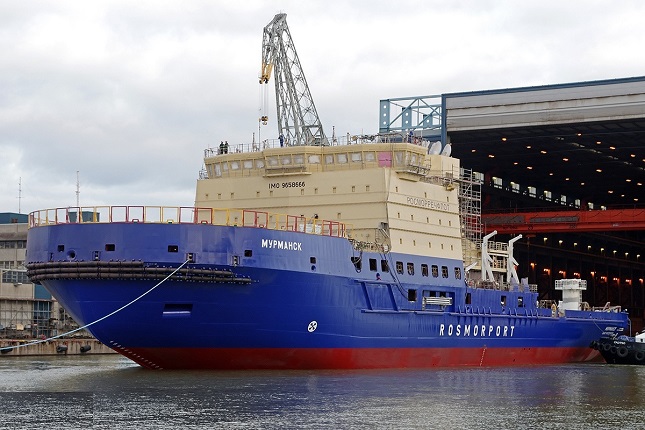
Icebreaker Murmansk built for Russia at a Finnish shipyard in 2015. Photo: aoosk.ru
The Republic of Finland retained its independence in domestic economic policy and remained part of the West. At the same time, with the tacit agreement of the US, the country became a platform for positive political contacts and a conduit for the transfer of Western technologies to the Soviet Union and vice-versa. The country participated in Soviet shipbuilding, engine building, and cooperation in electronics and other areas.
Like before the revolution, Finland was closely tied to Russia through entire industries. This economic function ensured Finland's tranquillity and wealth compared to other European countries. Remarkably, following the collapse of the Soviet Union, the Finnish economy suffered a severe crisis in 1991-1994 as ties were partially cut. At the peak of the crisis, unemployment amounted to 20% of the population in Finland. But Helsinki's joining the European Union in 1995 did not affect the friendly nature of Finnish-Russian relations.
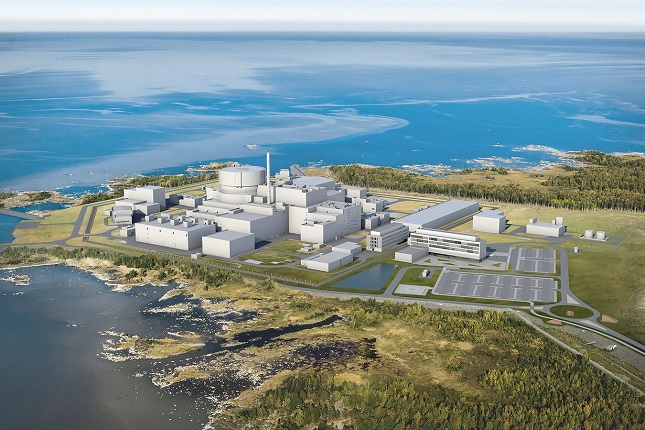
The Hanhikivi 1 nuclear power plant project was to be built by the Russian company Rosatom. In May 2022, Finland gave up building the plant. Photo: titan2.ru
The relations began to deteriorate rapidly after Finland joined European sanctions against Russia. After the outbreak of war in Ukraine, Helsinki embarked on a fast track to NATO membership, aiming to "strengthen its security", an aim that seems somewhat dubious from a geopolitical point of view. In reality, by preparing for rapid militarisation and the deployment of European and NATO forces on its territory, and, let's face it, for participation in the war against Russia, Finland has lost forever the advantages it gained as a result of the World War II. It will no longer serve as a bridge between the Soviet territories and the West. Nevertheless, the Russian genesis of the Finnish state may help preserve Finland, albeit within the Russian orbit, just like between the early 19th and the late 20th century.
Main photo: The central attraction of the capital of Finland - St Nicholas's Church / Helsinki Cathedral, a smaller copy of St. Isaac's Cathedral in St. Petersburg. © semiestrel.ru
